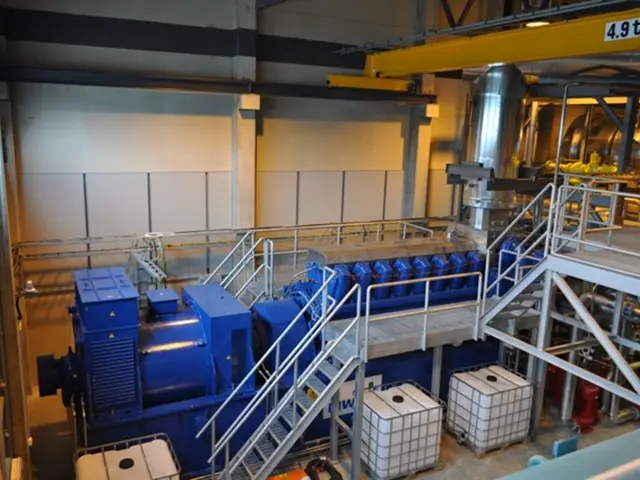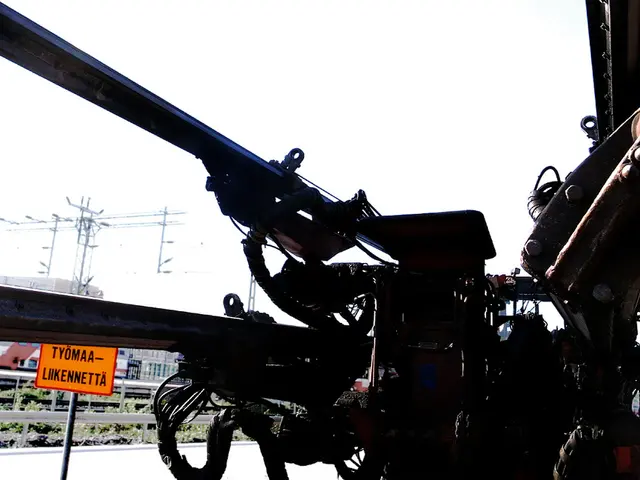Protecting Oneself Against Peril: Knowledge as the Primary Shield
In the world of business and safety, codes and standards have been a silent guardian, protecting people and businesses for decades. Developed by Standards Development Organizations (SDOs), these guidelines have been instrumental in maintaining a safe and efficient environment, especially in industries that involve significant risks.
However, a growing trend towards deregulation threatens this well-established system. Deregulation arises from a policy preference to reduce regulatory constraints perceived as excessive or obsolete, emphasizing economic efficiency and flexible compliance.
The main reasons for deregulation of SDOs and the codes and standards they develop include efforts to reduce regulatory burdens viewed as outdated, duplicative, or economically onerous, and to shift towards performance-based approaches rather than prescriptive mandates.
The consequences of deregulation for SDOs and their standards are multifaceted. Reduced external mandates could potentially diminish the formal role of SDO-developed codes in regulatory compliance. Agencies such as OSHA are moving towards performance-based standards, which rely more on outcomes than specific procedures, increasing the reliance on SDO-developed standards to provide detailed guidance without direct regulatory enforcement.
However, some stakeholders believe that deregulation risks undermining established health and safety protections, as removing regulations can reduce accountability and vigilance. On the other hand, proponents argue that deregulatory efforts can be balanced by leadership, cross-sector collaboration, and technological innovation, potentially transforming safety culture rather than simply maintaining compliance.
Economic considerations also play a significant role in deregulation discussions. Deregulation is often motivated by cost savings and reducing compliance complexity for businesses, aiming for efficiency and stimulating economic activity.
In the electrified world, where new risks pose new threats to the workplace, a solid foundation of safety is necessary. The future of safety relies on education about codes and standards. Education can involve conducting trainings and outreach programs, collaborating with other business leaders, partnering with relevant organizations, attending community events, and encouraging concerned employees to contact their local representatives.
Adherence to safety guidelines doesn't hold businesses back; it can lead to cost savings, increased productivity, and improved employee morale. Codes and standards have been one of the most successful public-private partnerships in history, and their longevity could depend on today's efforts to inform and engage people.
Complacency is a threat to codes and standards, potentially leading to a disjointed patchwork of safety standards. It is crucial to advocate for the importance of independent, research-backed codes and standards development processes to ensure that safety remains a priority.
In the face of deregulation discussions, it is essential to remember the potential consequences on workplace safety and efficiency. The success of codes and standards is often overlooked, as the number of fire deaths prevented doesn't make headlines. However, their impact is undeniable, and their future depends on our collective efforts to educate, collaborate, and advocate for their importance.
[1] National Conference of State Legislatures. (2021). State Trends in Regulatory Reform. [2] Forbes Business Council. (n.d.). About Forbes Business Council. [3] National Institute for Occupational Safety and Health. (n.d.). Performance-based standards. [4] U.S. Chamber of Commerce. (2020). Regulatory Reform. [5] White House. (2017). Executive Order on Enforcing the Regulatory Reform Agenda.
Read also:
- Rising Business Collaboration Interest Among Latvian and Indian Business Owners
- Sogang University set to debut its Digital Innovation Campus in early July, emphasizing AI and semiconductor-related educational programs.
- Debating the risks and benefits: Experts advocating for a European supergrid post Iberian power failure








